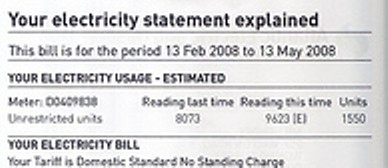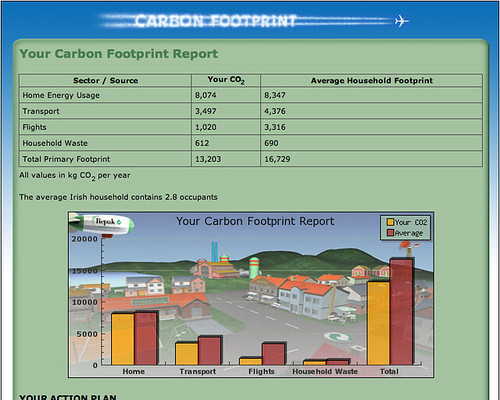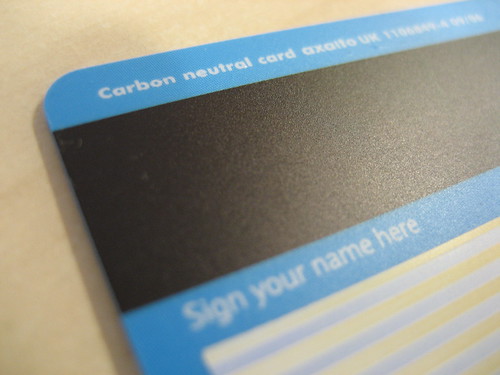Yesterday Tom posed a question: just how green is cloud computing? We have been frankly disappointed by Cloud computing providers reticence to start publishing numbers on energy consumption. We know for sure that energy is a big deal when it comes to the huge data centers the likes of Facebook are building- these firms are siting data centers next to rivers to take advantage of hydro-electric power, and in Google’s case are even looking at building their own wind turbine farms.
Some of you may remember the huge fuss when Alex Wissner Gross, a researcher from Harvard University estimated how much energy the net consumed, which became a Sunday Times story about Google Searches in terms of kettles boiled. The story claimed:
performing two Google searches from a desktop computer can generate about the same amount of carbon dioxide as boiling a kettle” or about 7g of CO2 per search
Perhaps surprisingly, Google responded, to debunk the news story:
In terms of greenhouse gases, one Google search is equivalent to about 0.2 grams of CO2.
The story petered out- which is somewhat of a shame. A real, open debate, with shared figures, bringing in all of the main players, would clearly benefit us all. With that in mind I was pleased to see that one of Raffi Krikorian, tech lead of the Twitter API team, chose to talk about power/tweet at the company’s Chirp developer conference last week:
In summary, Raffi estimated that energy consumed is around 100 Joules per tweet.
Before jumping to a conclusion that Twitter is more efficient than Google its important to note that Raffi’s estimates, unlike Google’s, don’t include the power of the PC in the equation. You should also watch the video of his presentation – for the simple reason that Raffi seems to channel Jay-Z in his presenting: the guy’s body language is straight out of a hip hop video.
I discussed Twitter’s “disclosure” with my colleague Tom this morning. He questioned its value because its an estimate, rather than a measurement. He has a point. It may be however that Raffi is just the man to take this debate to the next level. He is clearly deeply technical, can think at the level of the isolated API – and is finally a Sustainability advocate of note- I first heard of him through his seminal How Valentine’s Day Causes Global Warming riff.
We need to encourage competition on the basis of power efficiency.
I’d like to close with a call to action. Surely its time for the major web players to get together with Dell, HP and IBM in order to agree standards so we can move from estimates to measurements of Cloud energy consumption, perhaps using AMEE ($client) as a back end for standard benchmarks. You can’t have sustainability through obscurity. Open data is key to working through the toughest environmental challenges.









